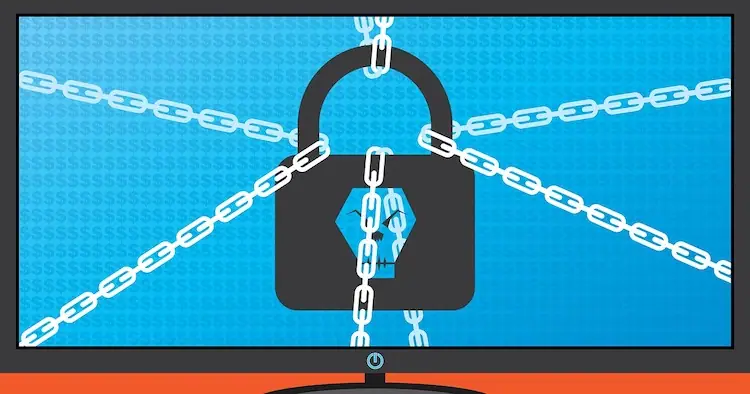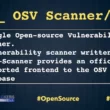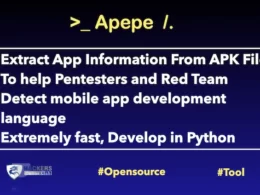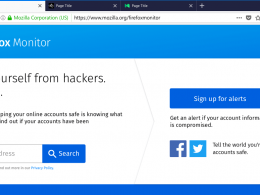If you have fallen victim to a ransomware attack, you may feel overwhelmed and unsure of what to do next. One option that may be tempting is to pay the ransom demanded by the hackers, hoping that they will decrypt your data as promised.
However, paying the ransom is not the only option, and there may be better options. Here are some steps you can take to try to decrypt your data without paying the ransom:
1. Try using a ransomware decryption tool. There are many tools available online that can help you decrypt your data without paying a ransom. Some of these tools are designed to work with specific ransomware strains, so it’s important to identify the type of ransomware you are dealing with before using a decryption tool.
2. Seek help from cybersecurity experts. If you cannot decrypt your data on your own, seek help from cybersecurity experts who have experience with ransomware attacks. These Cyber professionals can recommend a decryption tool or guide other steps you can take to recover your data.
3. Use a backup. If you have a recent data backup, you can restore your system to a point before the ransomware attack occurred. It helps you avoid paying the ransom and minimize the attack’s impact on your business.
4. Consider paying the ransom as a last resort. If all else fails, you may decide that paying the ransom is the only way to get your data back. However, this should only be considered a last resort, as there is no guarantee that hackers will decrypt your data after receiving payment.
5. Consider using a ransomware simulator. Ransomware attackers are designed to mimic the effects of a ransomware attack on your system, allowing you to practice your response and recovery plan. Using a ransomware simulator, you can better understand the steps you need to take to recover from a ransomware attack and protect your data in the future.
6. Implement stronger security measures. It is important to implement stronger security measures on your system to prevent future ransomware attacks. This may include installing antivirus software, creating strong passwords, and training your employees on best practices for avoiding phishing attacks and other common vectors for ransomware infection.
7. Disconnect from the internet. If you suspect that your system has been infected with ransomware, also to disconnect from the internet as soon as possible. This can help prevent the ransomware from spreading and potentially encrypting more data.
8. Consult with legal counsel. If you are considering paying the ransom, to consult legal counsel to understand the potential risks and liabilities of this decision. In some cases, paying the ransom may be illegal or may expose you to additional risks.
9. Report the attack. If you have fallen victim to a ransomware attack, and to report the incident to the appropriate authorities, such as law enforcement or cybersecurity agencies. By reporting the attack, you can raise awareness about the ransomware threat and assist in investigating and prosecuting the hackers.
In conclusion, there are several options available to you if you want to decrypt your data after a ransomware attack without paying the ransom. By using decryption tools, seeking help from cybersecurity experts, using a backup, or paying the ransom as a last resort, you can recover your data and get your business back up and running.
Microsoft, McAfee and other 17 cyber security firms joined together to tackle cybercrime and form a Ransomware Task Force.
Following Security firms Joined RTF
- Aspen Digital (policy maker group)
- Citrix (networking equipment vendor)
- The Cyber Threat Alliance (cybersecurity industry sharing group)
- Cybereason (security firm)
- The CyberPeace Institute (non-profit dedicated to help victims of cyberattacks)
- The Cybersecurity Coalition (policy maker group)
- The Global Cyber Alliance (non-profit dedicated to reducing cyber risk)
- The Institute for Security and Technology (policy maker group)
- McAfee (security firm)
- Microsoft (security firm)
- Rapid7 (security firm)
- Resilience (cyberinsurance provider)
- SecurityScorecard (compliance and risk management)
- Shadowserver Foundation (non-profit security organization)
- Stratigos Security (cybersecurity consulting)
- Team Cymru (threat intelligence)
- Third Way (think tank)
- UT Austin Stauss Center (research group)
- Venable LLP (law firm)
The Ransomware Task Force website, including full membership and leadership roles, will be launched in January 2021, according to the Institute for Security and Technology.
Top Ransomware Attacks











